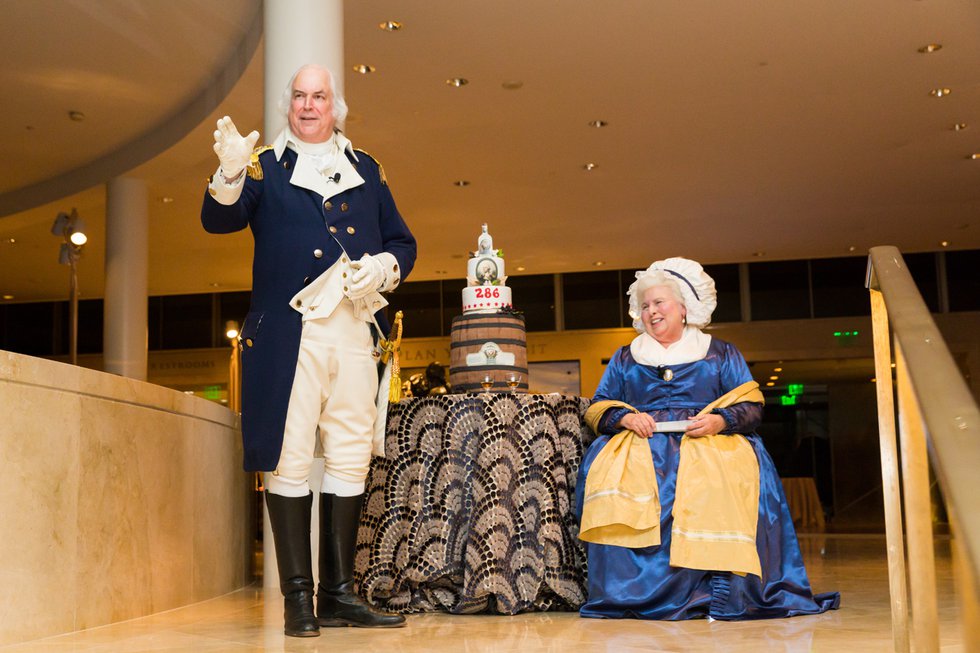The Pulitzer Prize-winning poet returns with photography-paired poems.

Knot by Forrest Gander. Copper Canyon Press. pp.72. $25.
Both photography and poetry need the “viewer/reader” to function properly. Poet Forrest Gander, who grew up in Annandale, and photographer Jack Shear’s first collaboration, Knot, works doubly hard to provide and elicit meaning from their audience. Not only is there a black and white photo (of a man in various stages of being covered by a black cloth) to observe, but there is a poem to read. The poems (all of them untitled) can be read alone but also in conjunction with the photo. A multiplicity of meanings is a very contemporary factor in literature. This isn’t a John Donne or John Keats poem that has a straightforward message to deliver. The reader is a collaborator here.

Many of the poems seem to be more personal interpretations of the images. The first image (also the cover image) is a man holding up a black cloth. Gander makes this into a sort of Romeo climbing to Juliet’s balcony—there is also an inescapable Rapunzel allusion to be had. “Haven’t I been climbing for Hours,” the narrator says. And indeed there seems to be a timelessness, a frozen-in-a-moment quality to the photo. The motion captured in Shear’s work gives an interesting incongruity to the static performance of photography. Each is a sort of pause in a long dance where the poet (and the viewer) contemplate.
The collection of poems as a whole does not tell a single story, rather these poems are aligned by common themes. Ideas of “truth” and “self” and “stillness” and “shadows.” Gander’s topography also changes: some are prose poems, some are dialogues between two characters, and others are lines with white space separating phrases (instead of using enjambment). Not every poem hits the right chord. Several are much too literal, “When he came out, he was dressed I guess as a bat, waving” (p.36) or “A man. A naked man.” (p.51); though others are clever: “Only the eyes / of my knees see / where I’m going” (p.35). When Gander makes the poem’s speaker a literary character—like Achilles (p.40)—it often has a strong effect. Said poem questions the fleet-footed warrior (and lover) as lost “staring like that into his absence” (and the photo has a man staring into a spread-out cloth, as if into a void). These pairings are brilliant and really show both the poet and photographer working as one—but also as individuals.
Jack Shear’s photographs have great merit, but they can also be a bit repetitive—one of the drawbacks to black and white perhaps? The majority of what they’re doing is concealing and revealing different parts of the body: the stomach, the legs, the shoulder, the left side, and so forth.
All things considered, the poems and photos tie together well. This sort of hybrid/cross-discipline project allows each artist to move in a different direction, to open themselves to new forms or styles. Gander questions what it means to be alone, to have lost someone, and how we can fight our inner selves. He doesn’t really give us answers to these riddles of existence, but he’s along with us for the journey, and that is sometimes more important.
Find a copy at Copper Canyon Press.









